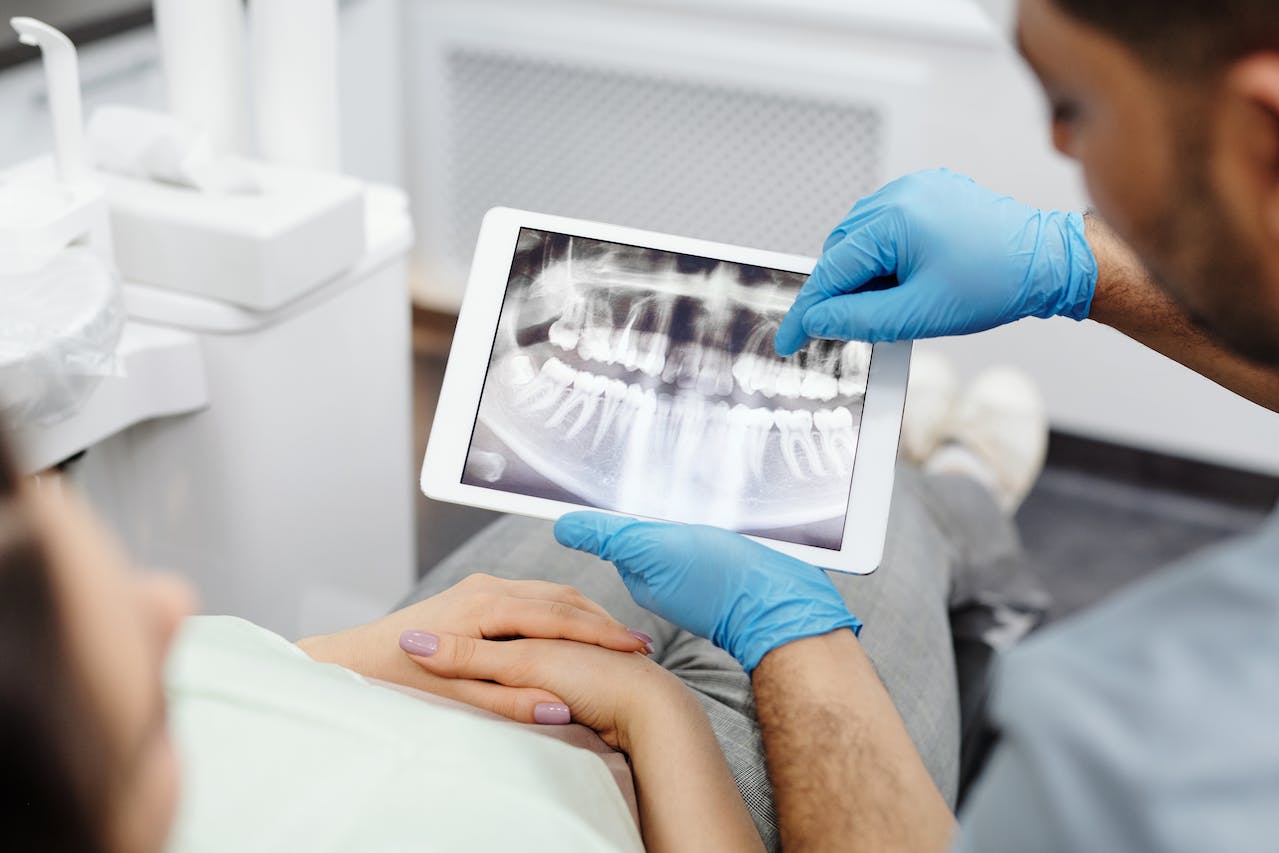An orthodontist is a specialized dentist who deals with the diagnosis and treatment of dental problems related to teeth alignment. They are trained to correct malocclusions, which refers to crooked or misaligned teeth. Malocclusions can cause numerous issues such as difficulty in chewing and speaking, jaw pain, and self-esteem problems. Orthodontists use various techniques and devices to fix these problems, including braces, retainers, aligners, and headgear. If you are located in Fleet and want to get braces for your teeth, consider taking a look at clear braces Fleet.
Education and Training
Orthodontists undergo extensive education and training before they can practice. They must have a degree in dentistry from an accredited dental school, followed by a postgraduate program in orthodontics. This usually takes an additional 2-3 years of study and clinical training. After completing their education, orthodontists must pass a licensing exam to become certified by the American Board of Orthodontics.
Role and Responsibilities
Orthodontists play a vital role in the overall dental health of individuals. They not only correct teeth alignment but also help prevent future dental problems. Some common responsibilities of an orthodontist include:
- Diagnosing and treating malocclusions
- Designing and implementing treatment plans for patients
- Monitoring progress and making adjustments to treatment as needed
- Educating patients on proper oral hygiene techniques, including how to take care of their braces or other orthodontic devices
- Collaborating with other dental professionals, such as general dentists and oral surgeons, for comprehensive care
Types of Treatments
Orthodontic treatment involves using various devices to move teeth into their correct positions. The type of treatment recommended by an orthodontist depends on the severity of the malocclusion and the patient’s specific needs. Some common treatments used by orthodontists include:
- Braces: These are metal or ceramic brackets attached to the teeth and connected by wires, which gradually move teeth into their proper positions.
- Aligners: These are clear plastic trays that fit over the teeth and can be removed for eating and cleaning. They are an alternative to traditional braces for mild to moderate malocclusions.
- Retainers: These devices are used after braces or aligners to hold teeth in their corrected positions.
- Headgear: This is a device that applies pressure to the teeth and jaws to help correct severe malocclusions.
Importance of Orthodontic Treatment
Orthodontic treatment not only improves the appearance of a person’s smile but also has numerous health benefits. Straight teeth are easier to clean, reducing the risk of tooth decay and gum disease. Properly aligned teeth also help distribute the pressure of chewing evenly, preventing excess wear and tear on teeth. Additionally, correcting malocclusions can improve speech and reduce jaw pain caused by misaligned bites.
Conclusion
In conclusion, orthodontists play a crucial role in maintaining good dental health by correcting malocclusions. Their specialized training and expertise allow them to diagnose and treat various teeth alignment problems effectively. Orthodontic treatment not only improves the appearance of a person’s smile but also has numerous health benefits, making it an essential aspect of overall dental care. So, if you or your loved ones are facing any issues with teeth alignment, do not hesitate to consult an orthodontist for proper diagnosis and treatment. Remember, a healthy and beautiful smile starts with well-aligned teeth. So, don’t wait any longer and book an appointment with your orthodontist today to achieve the perfect smile you deserve.

